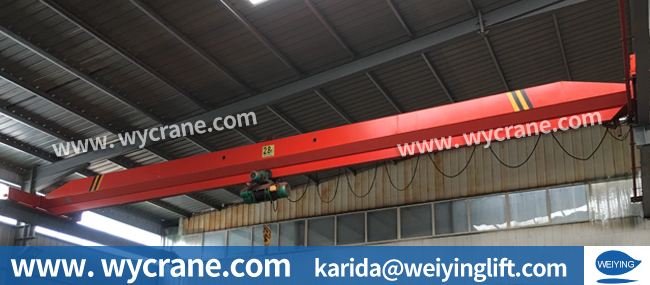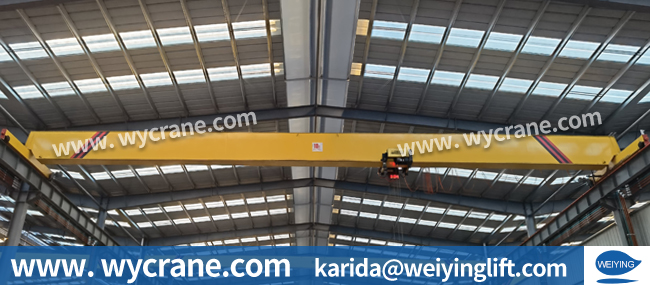In today’s modern manufacturing and logistics industries, the demand for efficient, safe, and cost-effective lifting equipment has become stronger than ever. Among the many options available, European-style cranes have become increasingly popular and are now widely recognized as a new generation of lifting solutions. Compared with traditional cranes, they offer distinct advantages in design, performance, efficiency, maintenance, and safety.

Traditional cranes are widely used lifting devices found in factories, warehouses, and construction sites. They typically feature a heavy steel structure, standard hoisting mechanisms, and simple electrical systems. While they are durable and affordable, traditional cranes often have higher dead weight, take up more space, and consume more energy during operation.

European-style cranes (also known as European overhead cranes) represent the latest generation of lifting equipment. They combine advanced design, lightweight structures, modular components, and intelligent control systems. Compared to traditional models, European cranes are lighter, more compact, more energy-efficient, and easier to maintain.
One of the most remarkable features of European-style cranes is their compact and optimized design.
By using high-strength materials and advanced manufacturing techniques, the total weight of a European crane can be 15–30% lighter than a traditional one. This reduces wheel pressure and minimizes structural stress on the workshop floor or runway beam.
European cranes have smaller dimensions, which allow them to achieve higher lifting heights and wider working coverage within the same building. The hook can approach the wall or roof closer, helping enterprises fully utilize available space.
Since the crane is lighter, the supporting beams and foundations require less reinforcement, effectively reducing civil construction costs and steel usage.
European cranes are designed to deliver superior operational performance and energy efficiency.
Equipped with variable frequency drives and intelligent control systems, these cranes optimize motor speed according to the load, reducing energy consumption by up to 30% compared to traditional systems.
Smooth acceleration and deceleration functions allow for accurate load positioning, minimizing swing and improving handling precision. This is particularly beneficial for delicate assembly processes or high-value materials.
With advanced motors and control systems, these cranes offer quiet, vibration-free performance, extending equipment lifespan.
Modern European cranes also bring significant improvements in maintenance and safety.
The modular design allows for quick replacement of components such as motors, gearboxes, and control units. This reduces downtime and maintenance labor. Many cranes are also equipped with smart diagnostic systems that monitor real-time performance and alert operators before faults occur.
Built-in safety devices such as overload protection, anti-sway technology, emergency stop, and limit switches ensure safe and stable lifting operations. These features not only protect workers but also prevent damage to valuable goods and machinery.
The high-quality components and optimized mechanical design reduce wear and tear, giving the crane a longer operational lifespan and a better long-term return on investment.
Compared to traditional cranes, European-style cranes stand out with their lighter structure, higher precision, energy efficiency, and enhanced safety features. They are ideal for modern manufacturing, logistics, and heavy industry applications where efficiency and reliability matter most.
By upgrading to a European-style crane, companies can achieve better space utilization, lower long-term costs, and improved operational performance — making it a smart investment for the future of industrial lifting.
If you want to learn more, please contact us.
E-mail address: karida@weiyinglift.com
Website: www.wycrane.com